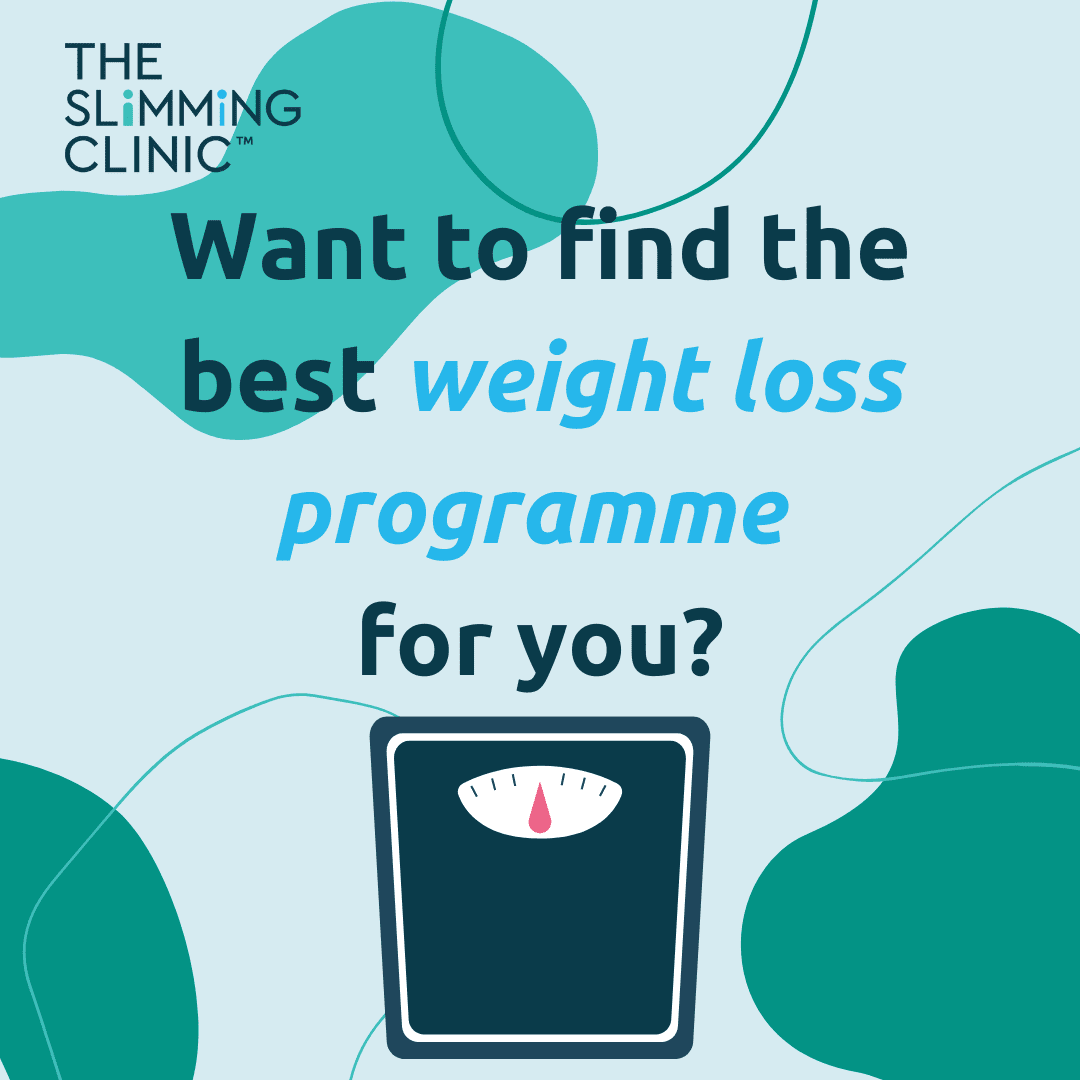All Categories
Featured
Table of Contents
-1
Leaders of military bases should examine their facilities to determine and eliminate conditions that motivate one or even more of the consuming behaviors that advertise overweight. Some nonmilitary employers have enhanced healthy eating alternatives at worksite dining facilities and vending makers. Several magazines suggest that worksite weight-loss programs are not very effective in reducing body weight (Cohen et al., 1987; Forster et al., 1988; Frankle et al., 1986; Kneip et al., 1985; Loper and Barrows, 1985), this may not be the instance for the armed forces due to the higher controls the armed force has over its "employees" than do nonmilitary companies.
-1Management of overweight and obesity calls for the energetic engagement of the person. Nourishment experts can provide people with a base of details that permits them to make experienced food options. Nourishment education stands out from nourishment therapy, although the components overlap significantly. Nutrition counseling and dietary management tend to focus more directly on the inspirational, psychological, and psychological concerns related to the existing task of fat burning and weight monitoring.
-1Unless the program individual lives alone, nourishment administration is rarely effective without the participation of relative. Weight-management programs might be divided right into 2 stages: weight management and weight upkeep. While exercise may be the most vital component of a weight-maintenance program, it is clear that dietary limitation is the important component of a weight-loss program that affects the price of weight loss.
-1Hence, the energy equilibrium equation might be impacted most considerably by lowering power consumption. weight loss groups. The number of diet regimens that have been proposed is almost many, yet whatever the name, all diet plans consist of reductions of some proportions of protein, carb (CHO) and fat. The following areas take a look at a number of plans of the proportions of these three energy-containing macronutrients
Weight Loss Programs (South Hedland )

-1
This kind of diet plan is made up of the sorts of foods a person normally eats, yet in reduced quantities. There are a number of reasons such diets are appealing, yet the main factor is that the suggestion is simpleindividuals need just to adhere to the U.S. Division of Farming's Food Overview Pyramid.
-1In utilizing the Pyramid, nonetheless, it is essential to highlight the part sizes used to develop the recommended number of portions. A bulk of customers do not understand that a section of bread is a single slice or that a section of meat is only 3 oz. A diet plan based on the Pyramid is easily adjusted from the foods offered in team setups, including army bases, because all that is required is to consume smaller parts.
-1A lot of the research studies released in the medical literature are based upon a balanced hypocaloric diet regimen with a reduction of power consumption by 500 to 1,000 kcal from the client's usual caloric intake. The United State Fda (FDA) suggests such diet plans as the "typical treatment" for medical tests of brand-new weight-loss medicines, to be utilized by both the active representative group and the placebo team (FDA, 1996).
-1The largest quantity of weight management took place early in the studies (about the very first 3 months of the strategy) (Ditschuneit et al., 1999; Heber et al., 1994). One study found that ladies shed much more weight between the 3rd and 6th months of the plan, yet males shed a lot of their weight by the third month (Heber et al., 1994).
Weight Loss Consultation (South Hedland )
-1On the other hand, Bendixen and coworkers (2002) reported from Denmark that dish substitutes were linked with negative outcomes on weight reduction and weight upkeep. However, this was not a treatment research; participants were adhered to for 6 years by phone interview and information were self-reported. Out of balance, hypocaloric diet regimens restrict several of the calorie-containing macronutrients (protein, fat, and CHO).
-1Much of these diets are published in publications focused on the ordinary public and are often not composed by health and wellness experts and frequently are not based upon audio scientific nutrition principles. For a few of the nutritional programs of this type, there are few or no research study publications and practically none have actually been examined lengthy term.
Lap Band – Port Hedland 6722
-1The significant kinds of out of balance, hypocaloric diet regimens are reviewed below. There has actually been considerable debate on the optimal ratio of macronutrient consumption for adults. This research study usually contrasts the amount of fat and CHO; nevertheless, there has actually been boosting interest in the role of protein in the diet regimen (Hu et al., 1999; Wolfe and Giovannetti, 1991).
-1The size of these researches that analyzed high-protein diets only lasted 1 year or much less; the long-lasting security of these diets is not understood. Low-fat diets have actually been one of the most typically utilized treatments for obesity for several years (Astrup, 1999; Astrup et al., 1997; Blundell, 2000; Castellanos and Rolls, 1997; Flatt, 1997; Kendall et al., 1991; Pritikin, 1982).
-1Outcomes of current studies suggest that fat limitation is additionally useful for weight maintenance in those who have actually slimmed down (Flatt 1997; Miller and Lindeman, 1997). Dietary fat reduction can be accomplished by counting and limiting the number of grams (or calories) taken in as fat, by limiting the consumption of specific foods (for instance, fattier cuts of meat), and by substituting reduced-fat or nonfat variations of foods for their higher fat counterparts (e.g., skim milk for entire milk, nonfat icy yogurt for full-fat ice lotion, baked potato chips for deep-fried chips) (Dywer, 1995; Miller and Lindeman, 1997).
-1Several aspects might contribute to this seeming contradiction. First, all people show up to precisely underestimate their intake of nutritional fat and to lower normal fat consumption when asked to videotape it (Goris et al., 2000; Macdiarmid et al., 1998). If these results reflect the general tendencies of people finishing dietary surveys, after that the amount of fat being consumed by obese and, potentially, nonobese people, is more than consistently reported.
Gastric Bypass Cost – South Hedland 6722
-1They found that low-fat diet regimens constantly showed substantial weight loss, both in normal-weight and overweight individuals. A dose-response relationship was also observed because a 10 percent decrease in dietary fat was predicted to produce a 4- to 5-kg weight loss in a private with a BMI of 30. Kris-Etherton and colleagues (2002) found that a moderate-fat diet (20 to 30 percent of energy from fat) was more probable to promote weight loss since it was much easier for patients to follow this sort of diet plan than to one that was significantly limited in fat (< 20 percent of power).

-1
Very-low-calorie diet plans (VLCDs) were utilized extensively for weight loss in the 1970s and 1980s, yet have actually come under disfavor recently (Atkinson, 1989; Bray, 1992a; Fisler and Drenick, 1987). FDA and the National Institutes of Wellness define a VLCD as a diet that offers 800 kcal/day or less. medical weight loss. Because this does not take into account body dimension, a more scientific interpretation is a diet regimen that offers 10 to 12 kcal/kg of "desirable" body weight/day (Atkinson, 1989)
-1The servings are consumed three to five times daily. The key objective of VLCDs is to generate relatively rapid fat burning without substantial loss in lean body mass. To attain this objective, VLCDs typically offer 1.2 to 1.5 g of protein/kg of desirable body weight in the formula or as fish, lean meat, or fowl.
Latest Posts
Best Online Workout Coach Money Can Buy
Surgical Bariatrics
What Is The Best Online Fitness Instructor Company?